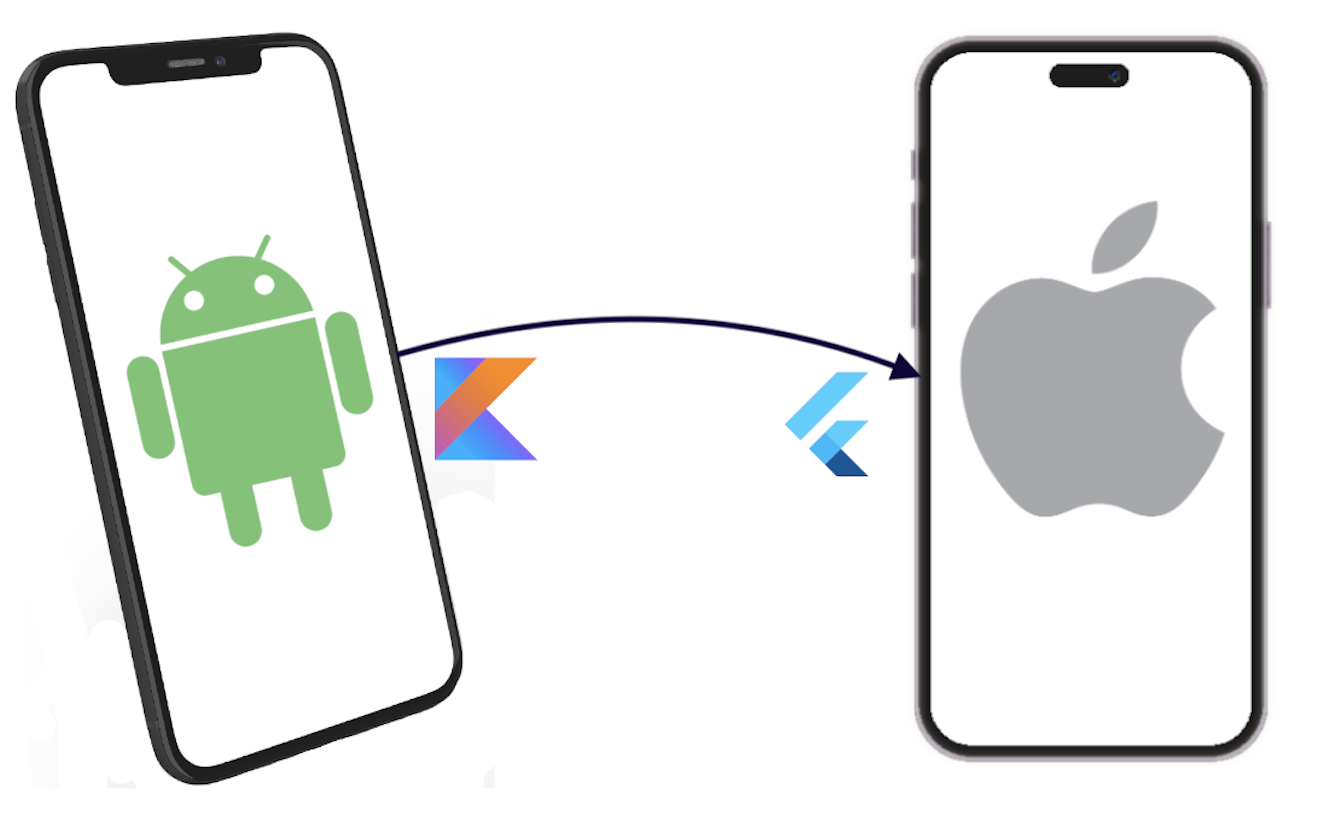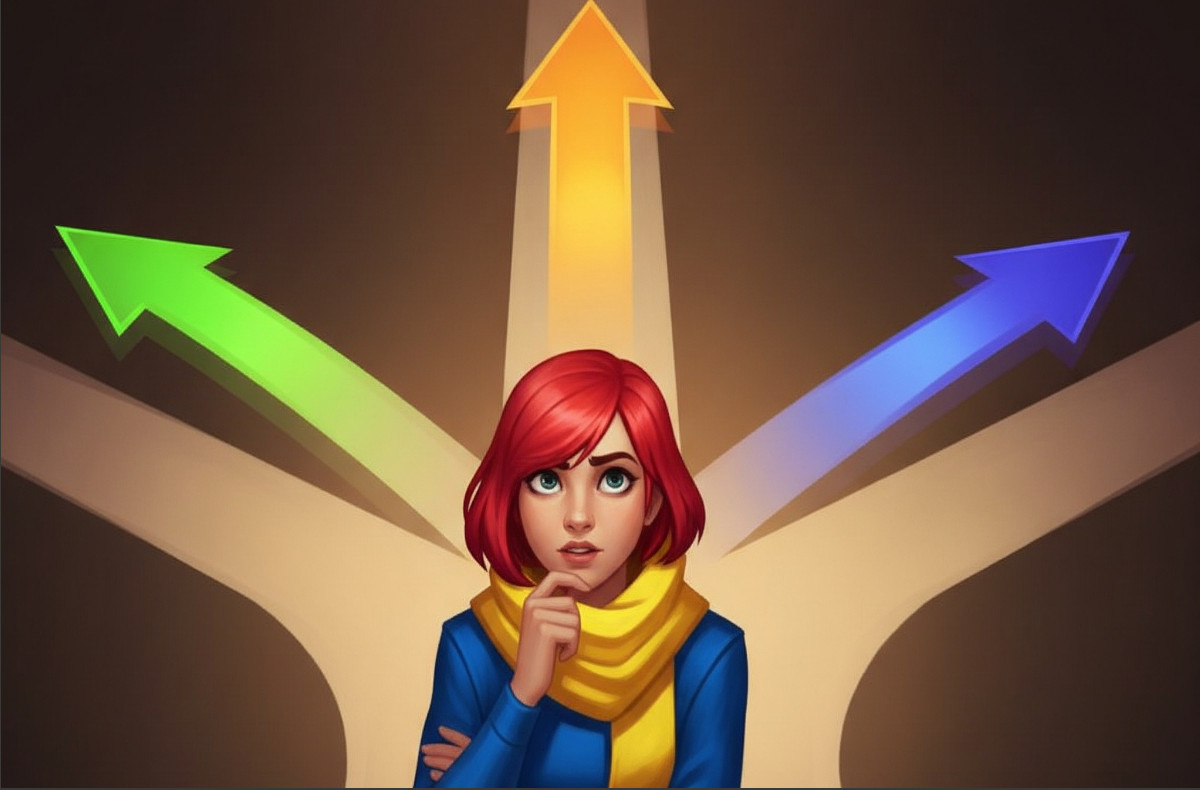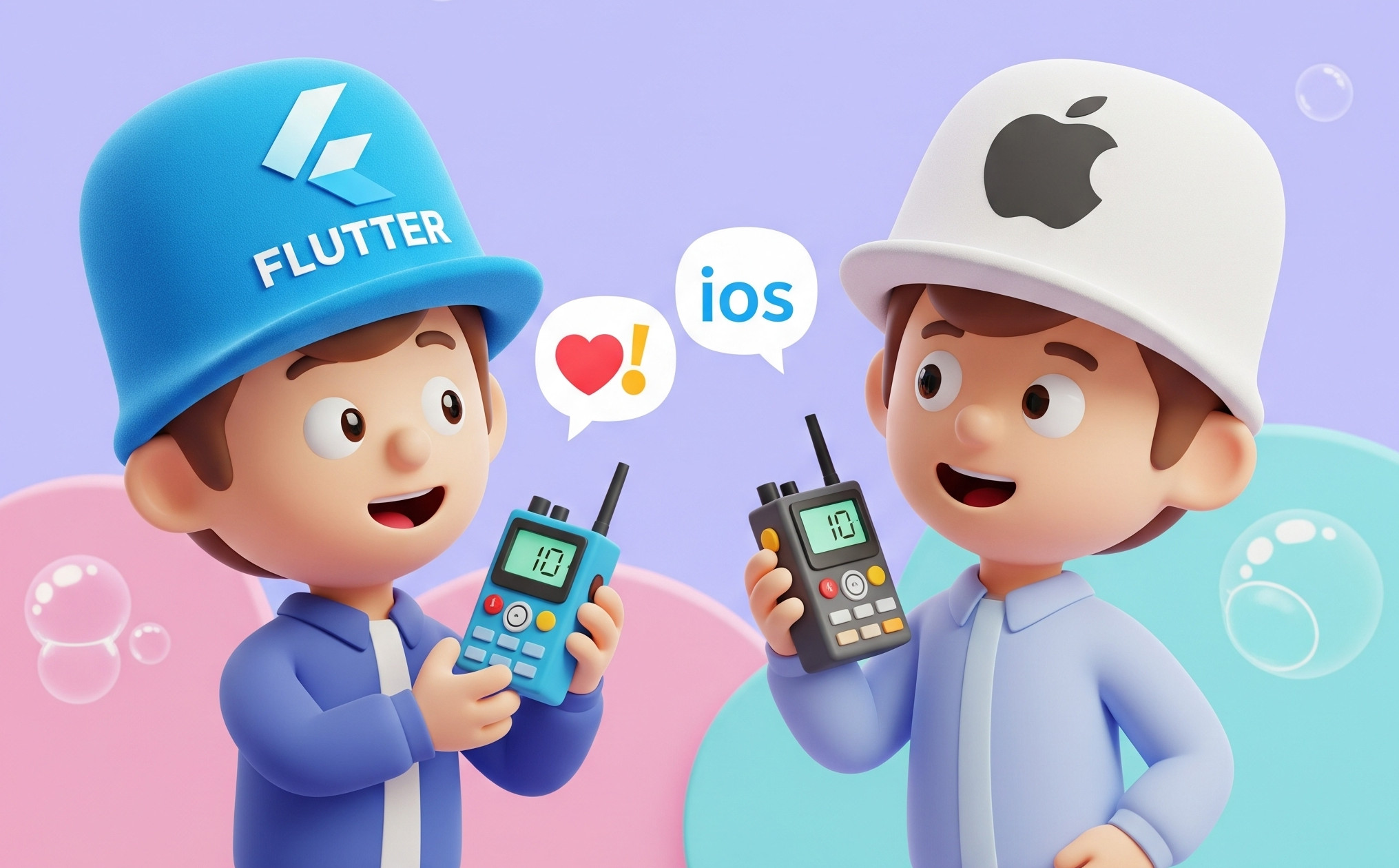New tech, tight deadline—challenge accepted!.
At my job, I was given an exciting challenge: to develop a new iOS app in Flutter, with just two months to deliver an MVP. The catch? I had only dabbled in Flutter before with small experiments here and there (my main experience is in Kotlin/Java).
Despite the learning curve, I embraced the project head-on. One of the most time-consuming parts of the process was configuring flavors, setting up Xcode, and navigating Apple’s requirements for publishing. Understanding the nuances of the iOS ecosystem took some effort, but once I got through it, everything started falling into place.
Other of the biggest shifts I had to adapt to was moving from imperative UI development to declarative UI with Flutter’s widget-based approach. Coming from a world where UI updates are done through direct manipulation of views, thinking in terms of widgets, state, and composition took some time to grasp.
What I love about imperative programming is the fine-grained control it offers over UI construction and state management since it operates at a lower level, so you can dictate exactly how and when things should happen. However, this also makes it more complex, with a higher risk of tightly coupled logic that can be harder to maintain and easy to mess with the app’s performance.
On the other hand, declarative programming feels like a breath of fresh air. The higher level of abstraction allows you to simply describe what you want the UI to look like, rather than worrying about how it gets there. While it took some time to rewire my thinking, I found it much cleaner and more intuitive once I embraced it.
To put it in simple terms:
- Imperative programming is like manually assembling a LEGO set piece by piece, deciding exactly how each block connects. You have total control, but it requires careful planning.
- Declarative programming is like giving instructions to a 3D printer—you describe the final object, and the system figures out the best way to build it for you.
And in just 6 weeks, I not only completed the MVP but also successfully published the app to the App Store 2 weeks ahead of the deadline. It was a rewarding experience that pushed me outside my comfort zone, reinforcing that adaptability and problem-solving matter just as much as technical expertise.
This project not only deepened my understanding of Flutter but also proved that with the right mindset, shifting tech stacks isn’t as daunting as it seems. Looking forward to more cross-platform adventures! 🚀





Comments